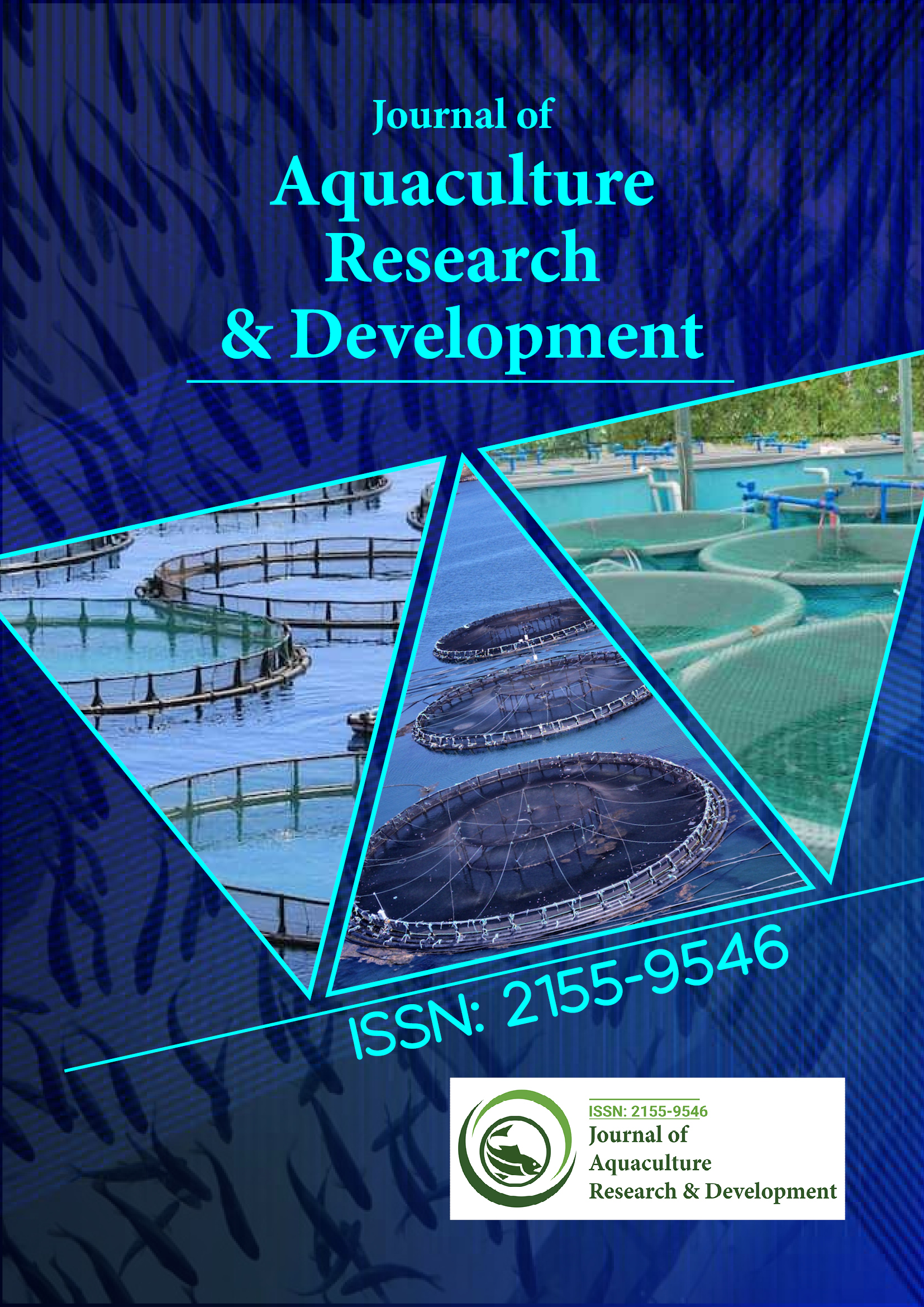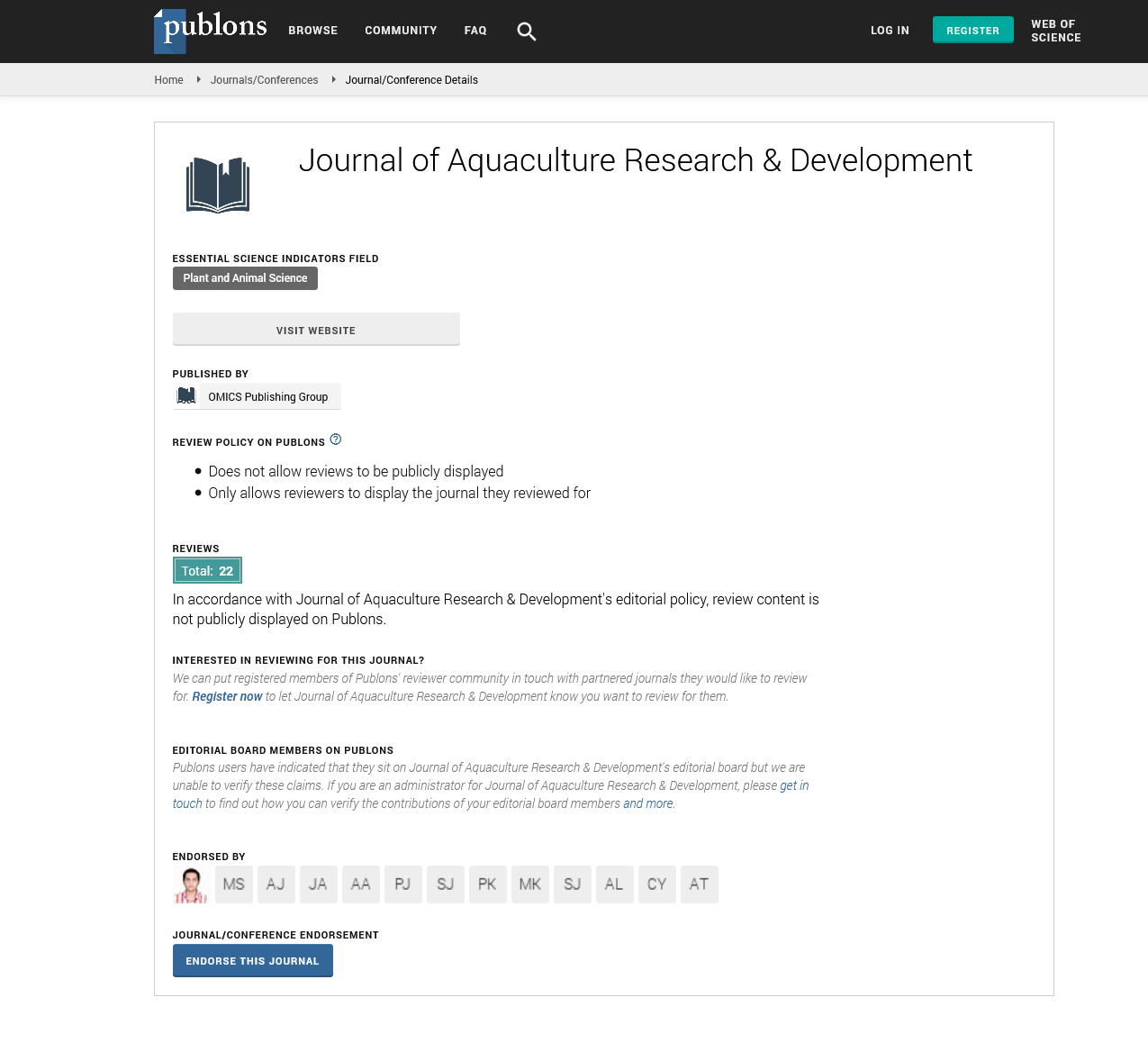Indexed In
- Online Access to Research in the Environment (OARE)
- Open J Gate
- Genamics JournalSeek
- JournalTOCs
- Scimago
- Ulrich's Periodicals Directory
- Access to Global Online Research in Agriculture (AGORA)
- Electronic Journals Library
- Centre for Agriculture and Biosciences International (CABI)
- RefSeek
- Directory of Research Journal Indexing (DRJI)
- Hamdard University
- EBSCO A-Z
- OCLC- WorldCat
- Scholarsteer
- SWB online catalog
- Virtual Library of Biology (vifabio)
- Publons
- MIAR
- University Grants Commission
- Euro Pub
- Google Scholar
Useful Links
Share This Page
Journal Flyer

Open Access Journals
- Agri and Aquaculture
- Biochemistry
- Bioinformatics & Systems Biology
- Business & Management
- Chemistry
- Clinical Sciences
- Engineering
- Food & Nutrition
- General Science
- Genetics & Molecular Biology
- Immunology & Microbiology
- Medical Sciences
- Neuroscience & Psychology
- Nursing & Health Care
- Pharmaceutical Sciences
Perspective - (2025) Volume 16, Issue 6
Effects of Transport Density on Physiology and Organ Health
Qing Chan*Received: 26-May-2025, Manuscript No. JARD-25-29774; Editor assigned: 28-May-2025, Pre QC No. JARD-25-29774 (PQ); Reviewed: 11-Jun-2025, QC No. JARD-25-29774; Revised: 18-Jun-2025, Manuscript No. JARD-25-29774 (R); Published: 25-Jun-2025, DOI: 10.35248/2155-9546.25.16.1001
Description
Transportation is an integral aspect of aquaculture operations, particularly in the movement of live fish between hatcheries, farms and markets. Efficient transport ensures timely delivery while minimizing stress and mortality, which are major concerns in intensive aquaculture systems. Yellow catfish (Pelteobagrus fulvidraco), a species of economic significance in Asia today, is commonly transported at high densities to reduce logistical costs and maintain supply. However, high-density transportation can induce physiological stress and tissue damage, compromising fish welfare and survival. Understanding these responses is essential for optimizing transport protocols and ensuring both productivity and ethical standards.
The physiological and histopathological impacts of transport stress result from multiple factors, including crowding, water quality fluctuations, handling and reduced oxygen availability. Stress responses can alter metabolic rates, disrupt osmoregulation, suppress immunity and affect organ function. Histopathological changes in gills, liver and kidney may occur, reflecting systemic stress and tissue injury. By examining these responses, aquaculture managers can implement strategies to improve transport conditions, reduce mortality and maintain fish health.
High-density transport and stress mechanisms
High-density transport involves confining large numbers of fish in limited water volume, which increases physical interactions, competition and stress hormone release. Crowding elevates cortisol levels, a primary stress indicator in teleosts, which can modify energy allocation, reduce immune competence and influence organ function. Additional stressors include mechanical injury from contact with tank walls or other fish, sudden temperature shifts and accumulation of metabolic wastes such as ammonia and carbon dioxide. Oxygen depletion in transport water further exacerbates physiological strain, impairing aerobic metabolism and promoting hypoxic stress.
Stress responses in fish are characterized by a cascade of physiological changes, including hyperglycemia, elevated lactate, altered ion balance and increased respiratory activity. These changes represent the fish’s attempt to maintain homeostasis but can become detrimental if stress is prolonged or severe. Highdensity transport thus challenges the balance between survival mechanisms and potential tissue damage.
Cortisol and stress hormones
Cortisol is a primary indicator of stress in fish. During high-density transportation, yellow catfish exhibit significant elevations in plasma cortisol, reflecting activation of the hypothalamic-pituitary-interrenal axis. Elevated cortisol mobilizes energy reserves, particularly glucose, to support increased metabolic demand. Prolonged cortisol elevation, however, can suppress immune function, reduce growth efficiency and impair osmoregulatory capacity.
Glucose and metabolic alterations
Hyperglycemia is commonly observed in fish exposed to transport stress. Glucose levels rise due to glycogenolysis in liver and muscle tissues, providing energy for heightened activity and stress responses. Lactate accumulation also occurs as anaerobic metabolism increases under hypoxic or crowded conditions. This shift to anaerobic pathways can lead to acidosis, impairing cellular function and overall physiological stability.
Oxygen consumption and respiratory stress
Crowding increases oxygen demand while reducing water oxygen availability, leading to hypoxic stress. Yellow catfish respond with elevated gill ventilation rates, attempting to meet metabolic needs. Prolonged hypoxia can impair energy metabolism, reduce swimming capacity and trigger physiological adjustments, including increased red blood cell production and hemoglobin concentration. If hypoxia persists, tissue hypoxia occurs, increasing the risk of organ injury and mortality.
Implications for welfare
High-density transport has significant implications for fish welfare. Physiological stress, histological damage and behavioral alterations indicate compromised well-being. Ethical aquaculture practices emphasize minimizing suffering and maintaining fish health throughout production, including transportation. Transportinduced stress not only affects survival but may influence post-transport growth, disease susceptibility and overall productivity. Recognizing these welfare challenges encourages the development of management strategies that protect fish during handling and movement.
Survival and post-transport recovery
Survival rates during and after transport are closely linked to stress responses and tissue integrity. Fish exhibiting severe gill, liver, or kidney damage are more likely to experience delayed mortality or secondary infections. Rapid post-transport recovery is facilitated by optimizing water quality, reducing handling stress and providing appropriate nutrition. Monitoring physiological indicators such as cortisol, glucose and ion balance can guide interventions to enhance recovery and reduce losses.
Post-transport care also includes adjusting stocking densities, improving water aeration and gradually acclimating fish to culture conditions. By understanding the specific physiological and histopathological responses to high-density transport, managers can predict risks and implement measures that enhance survival and long-term performance.
Citation: Chan Q (2025). Effects of Transport Density on Physiology and Organ Health. J Aquac Res Dev. 16:1001.
Copyright: © 2025 Chan Q. This is an open-access article distributed under the terms of the Creative Commons Attribution License, which permits unrestricted use, distribution, and reproduction in any medium, provided the original author and source are credited.

